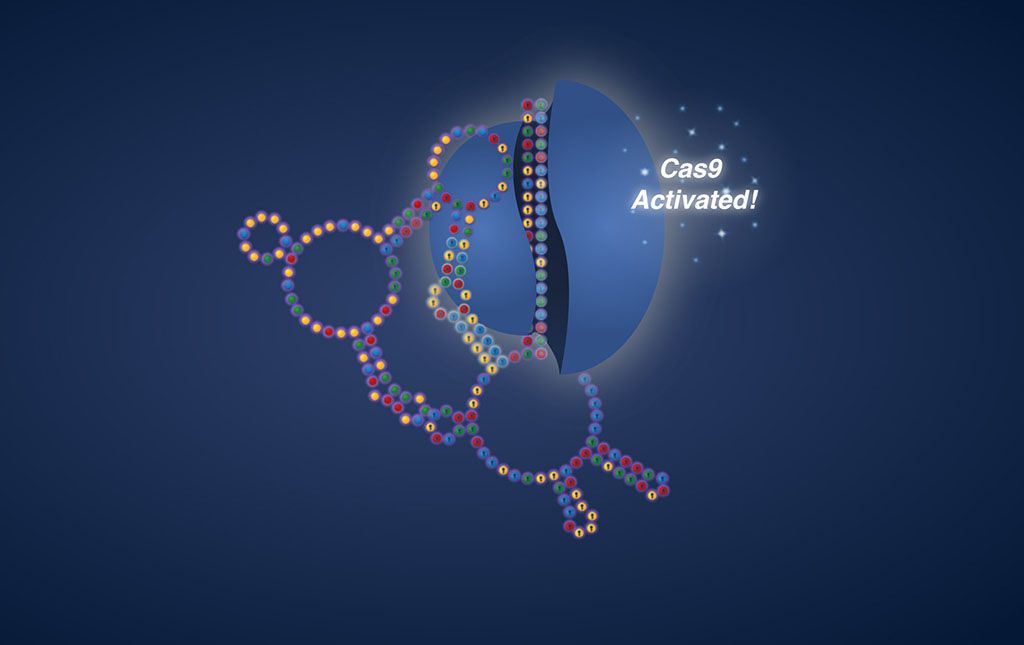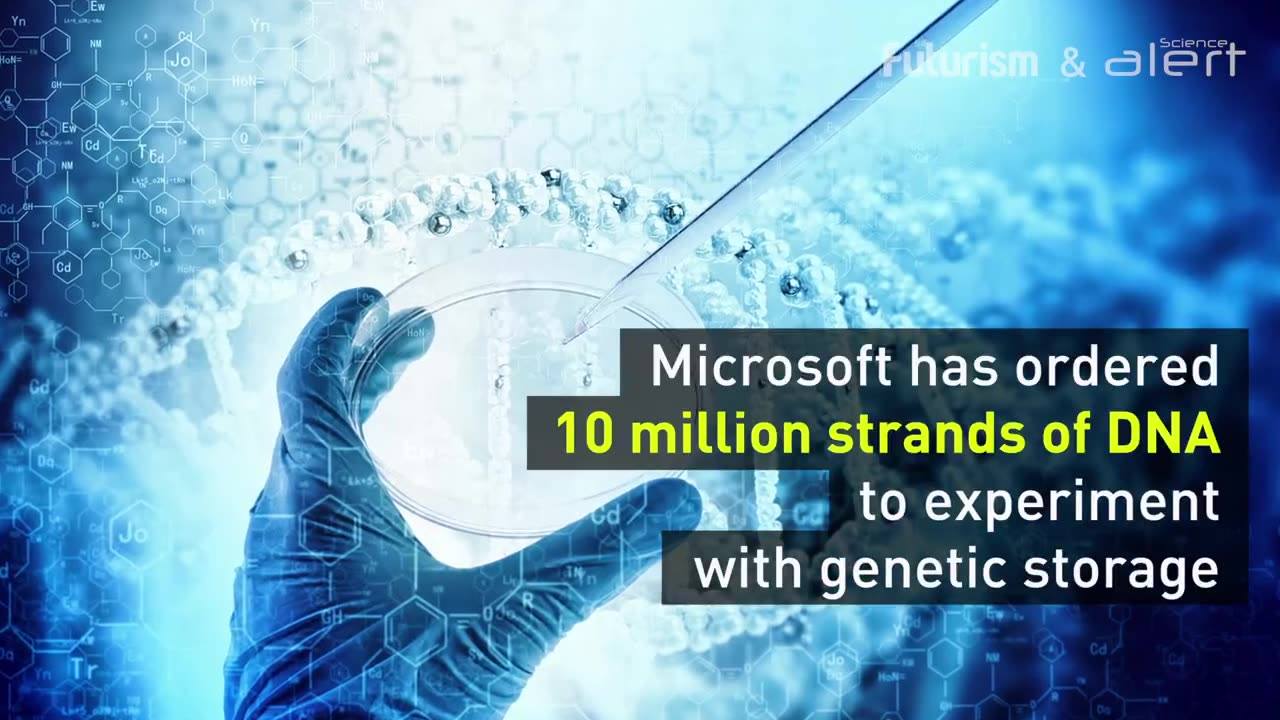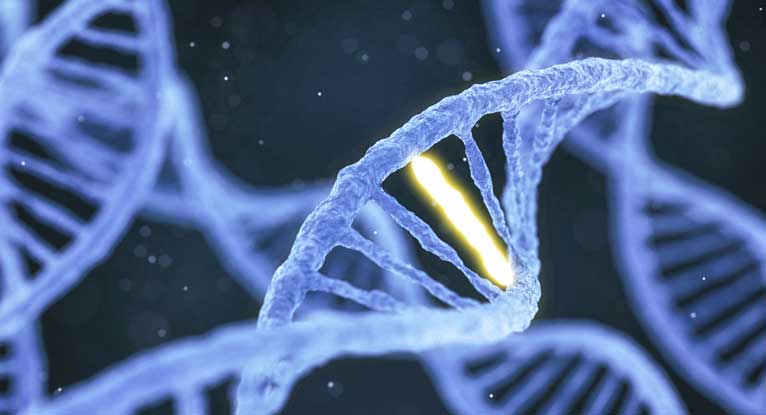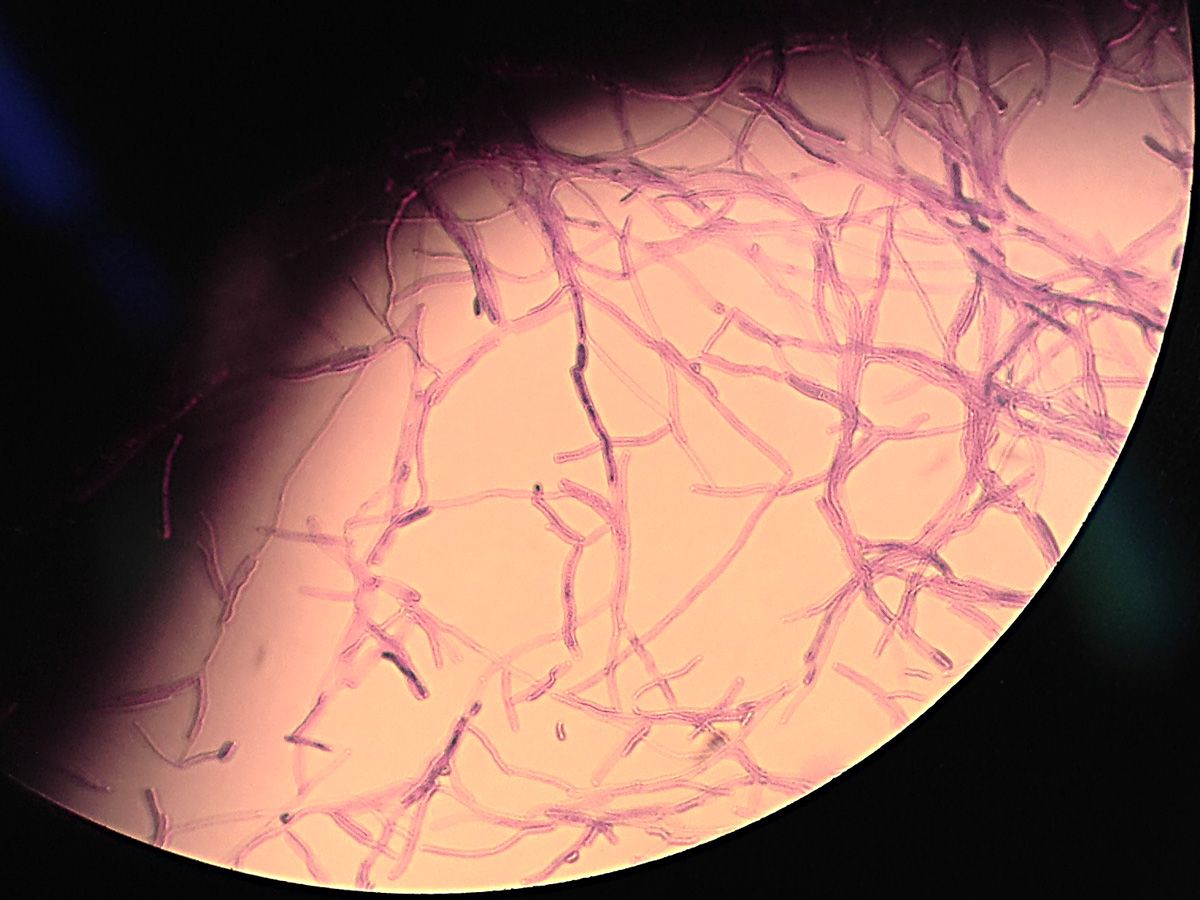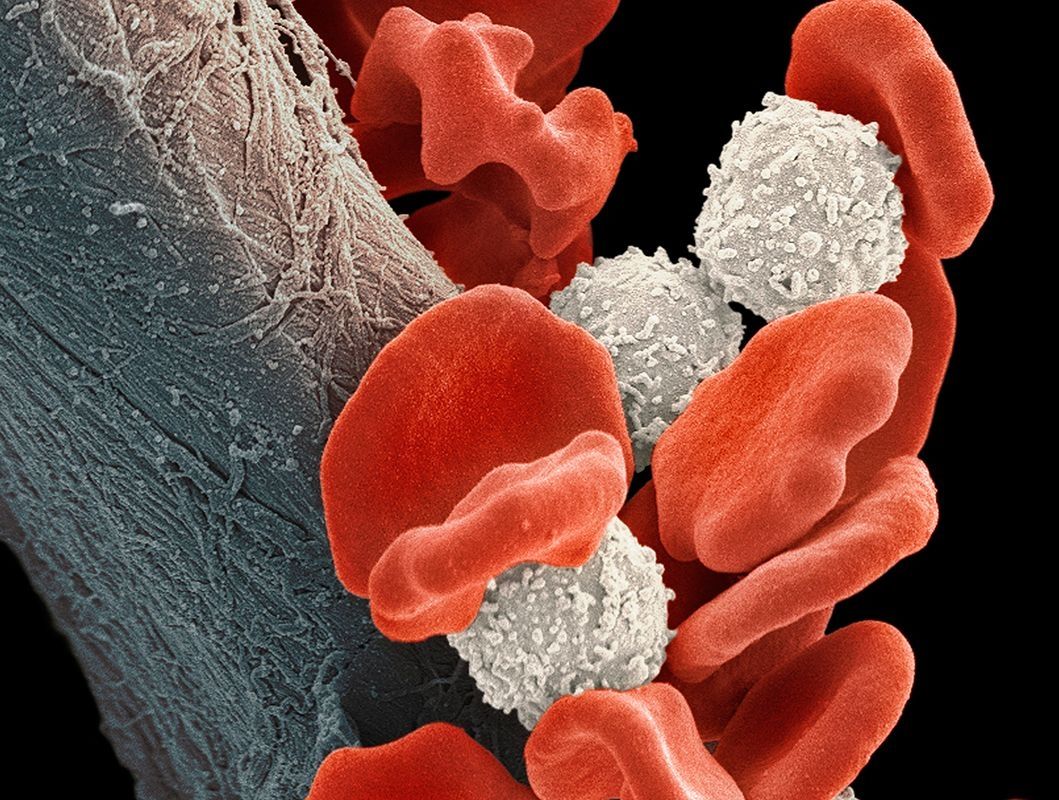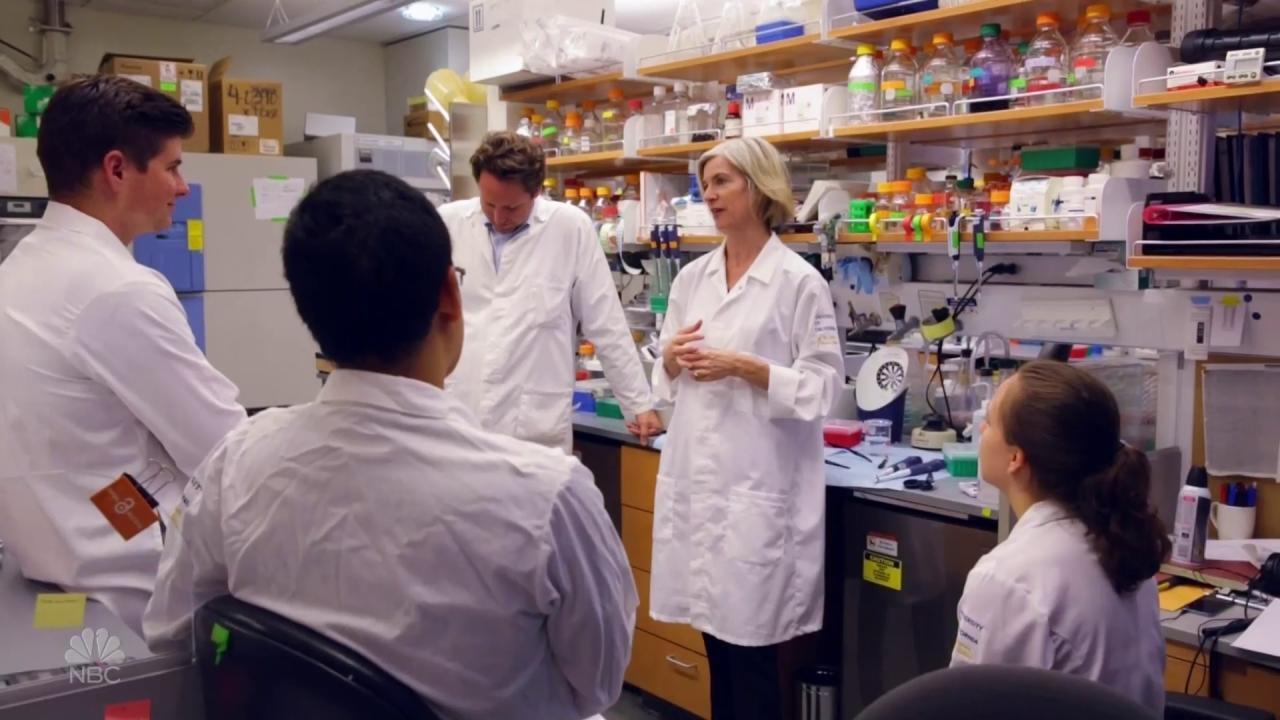A Stanford team has launched a new challenge on the Eterna computer game. Players will design a CRISPR-controlling molecule, and with it open the possibility of new research and therapies.
A team of researchers at the Stanford University School of Medicine has launched a new challenge for the online computer game Eterna in which players are being asked to design an RNA molecule capable of acting as an on/off switch for the gene-editing tool CRISPR/Cas9.
Molecular biologists will then build and test the actual molecules, based on the most promising designs provided by the players.
